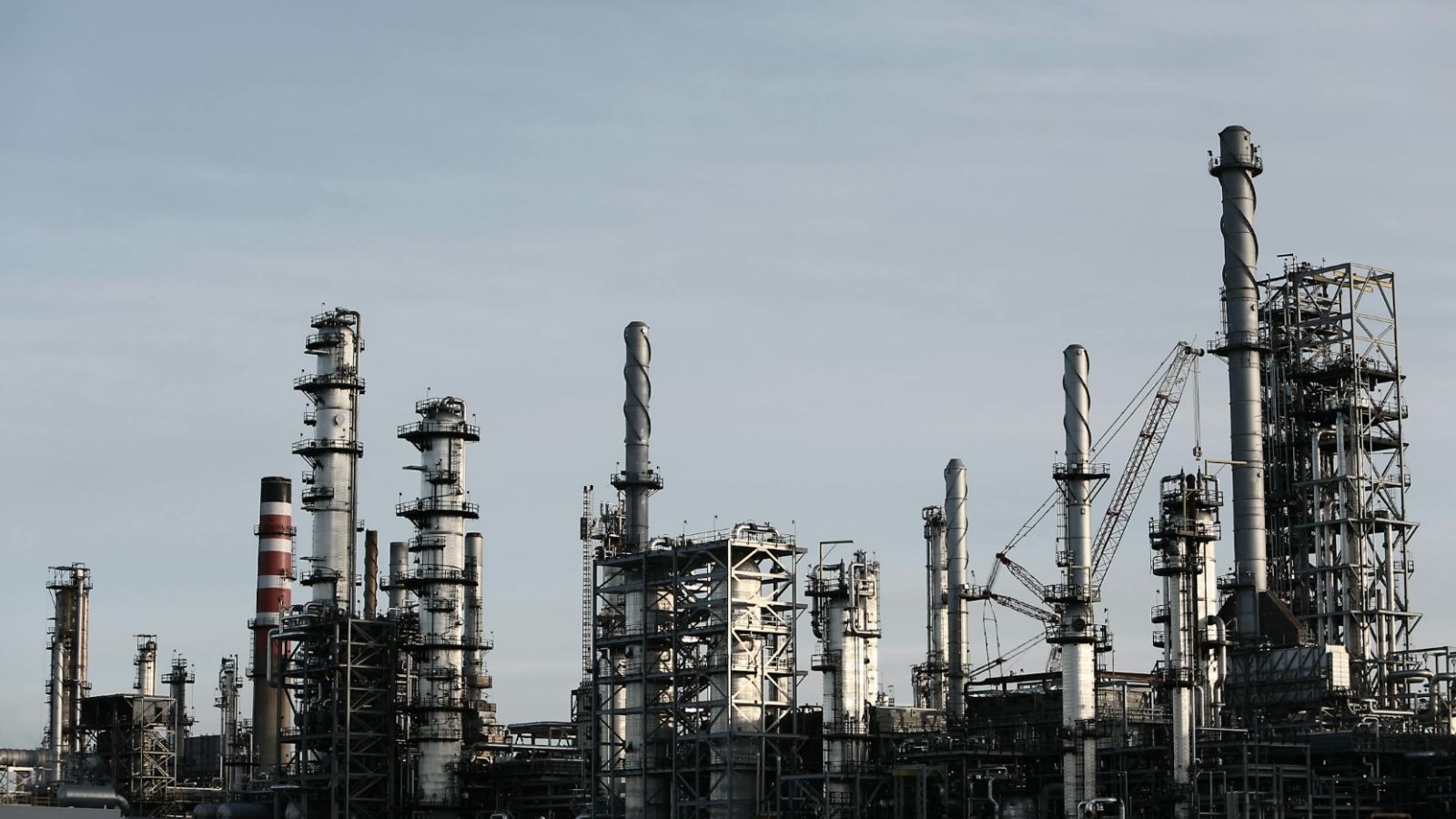

Which Chimney Systems Offer Better Performance?
Choosing between a Single Wall Chimney and a Double Wall Chimney is a critical decision for homeowners seeking efficient and safe venting for their heating systems. A Single Wall Chimney and a Double Wall Chimney both serve to expel smoke and gases, but their performance differs significantly in terms of insulation, safety, installation, and cost. This article explores the strengths and weaknesses of the Single Wall Chimney and Double Wall Chimney to guide you toward the best option for your home.
Heat Efficiency of Single Wall Chimney vs. Double Wall Chimney
A Single Wall Chimney consists of a single layer of metal, typically stainless steel, making it lightweight but less effective at retaining heat. The absence of insulation in a Single Wall Chimney leads to rapid heat loss, which can weaken draft efficiency and increase creosote buildup. For this reason, the Single Wall Chimney is best used indoors or for short chimney runs where heat retention is less critical.
Conversely, a Double Wall Chimney is designed with two metal layers and an insulating material, such as air or ceramic fiber, between them. This construction allows the Double Wall Chimney to maintain higher flue gas temperatures, improving draft and reducing condensation. The Double Wall Chimney excels in external installations, where cold outdoor air could otherwise cool the flue gases. By enhancing combustion efficiency, the Double Wall Chimney offers superior performance for wood-burning stoves and fireplaces.
Safety Features: Single Wall Chimney vs. Double Wall Chimney
Safety is a key consideration when evaluating a Single Wall Chimney against a Double Wall Chimney. The Single Wall Chimney can reach extremely high temperatures during use, creating a burn hazard if touched and requiring significant clearance from combustible materials like walls or furniture. Additionally, the Single Wall Chimney is more prone to corrosion, particularly in humid or coastal areas, which can reduce its lifespan.
In contrast, the Double Wall Chimney is engineered for enhanced safety. Its outer layer stays cooler, minimizing burn risks and allowing for closer proximity to combustible surfaces. The Double Wall Chimney is also more resistant to corrosion and environmental wear, ensuring greater durability indoors and outdoors. For homeowners prioritizing safety, the Double Wall Chimney is typically the better choice.
Installation Considerations for Single Wall and Double Wall Chimneys
Installing a Single Wall Chimney is often simpler and less costly due to its lightweight and straightforward design. The Single Wall Chimney is commonly used to connect a stove to an existing masonry chimney or for short venting runs. However, its high surface temperatures mean that a Single Wall Chimney requires careful placement to maintain safe clearances, which can limit installation options.
A Double Wall Chimney, while more complex to install, provides greater flexibility. The insulation in a Double Wall Chimney reduces the need for large clearances, allowing it to pass through ceilings, roofs, or exterior walls with fewer safety concerns. The Double Wall Chimney is ideal for new installations or homes without an existing chimney. Though it demands more effort to install, the Double Wall Chimney offers versatility that suits a wide range of setups.
Cost Analysis of Single Wall and Double Wall Chimneys
Cost is a major factor when deciding between a Single Wall Chimney and a Double Wall Chimney. The Single Wall Chimney is generally more affordable, with lower material and installation costs. For homeowners on a tight budget or those needing a short chimney run, the Single Wall Chimney provides a cost-effective solution without compromising basic venting functionality.
However, a Double Wall Chimney comes with a higher price tag due to its advanced design and insulating materials. While the upfront cost of a Double Wall Chimney is greater, its benefits improved efficiency, enhanced safety, and longer lifespan often make it a worthwhile investment. For long-term heating solutions, the Double Wall Chimney delivers better value despite the initial expense.
Both the Single Wall Chimney and the Double Wall Chimney have unique advantages, and the right choice depends on your specific requirements. The Single Wall Chimney is a budget-friendly option suitable for indoor use or short runs, but it falls short in insulation and safety compared to the Double Wall Chimney. With its superior heat retention, safety features, and durability, the Double Wall Chimney is better suited for external installations and long-term use. By considering factors like efficiency, safety, installation, and cost, you can choose the chimney that best meets your home’s needs.














